SQL Server Concurrency
-
Tables
-
ACID Transactions
-
Concurrency
-
OLTP vs OLAP
-
The CAP Theorem
Overview
Tables
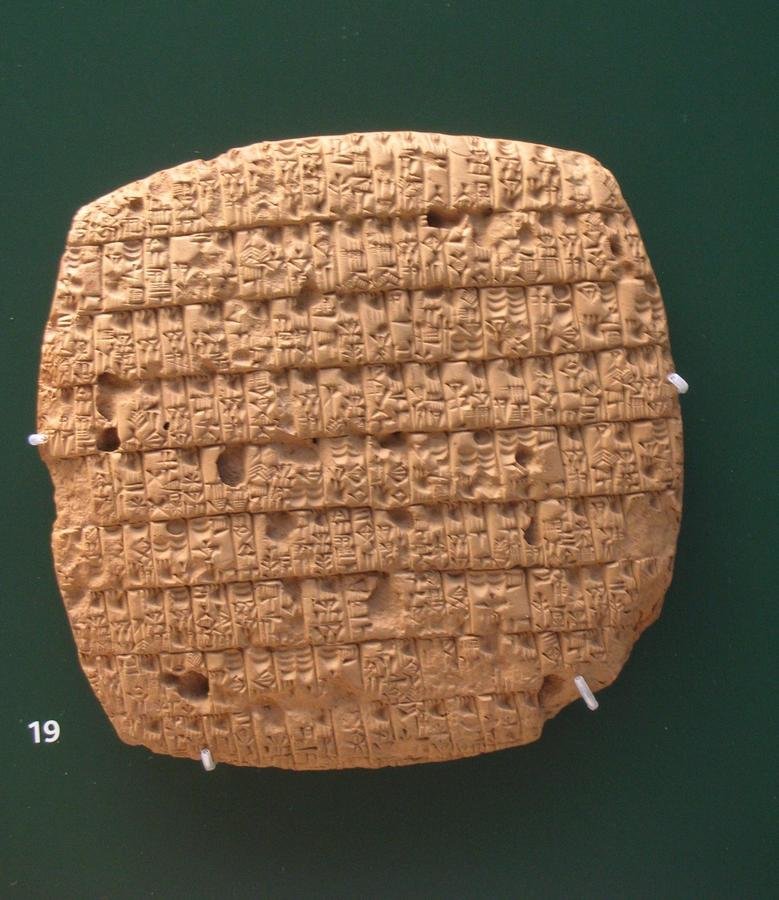
Tables:
An Ancient Idea
An account of barley rations written in Cuneiform on clay tablet, written in year 4 of King Urukagina (c. 2350 BCE).
From Ngirsu, Iraq. British Museum, London. Image via Wikimedia Commons

Tables in Accounting
Luca Pacioli authors Summa de arithmetica geometria (1494), first known published work on double-entry bookkeeping.
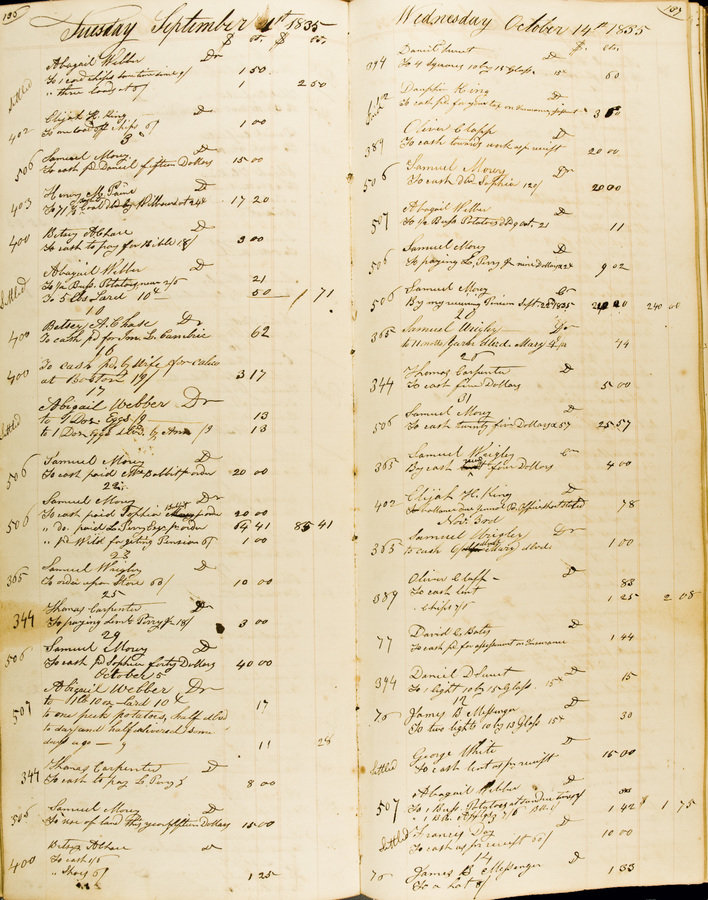
Transaction Log
Double-entry account ledger and daybook of Laban Morey Wheaton (1835).
Tomasek and Bauman, "Encoding Financial Records for Historical Research" in the Journal of the Text Encoding Initiative (2013).
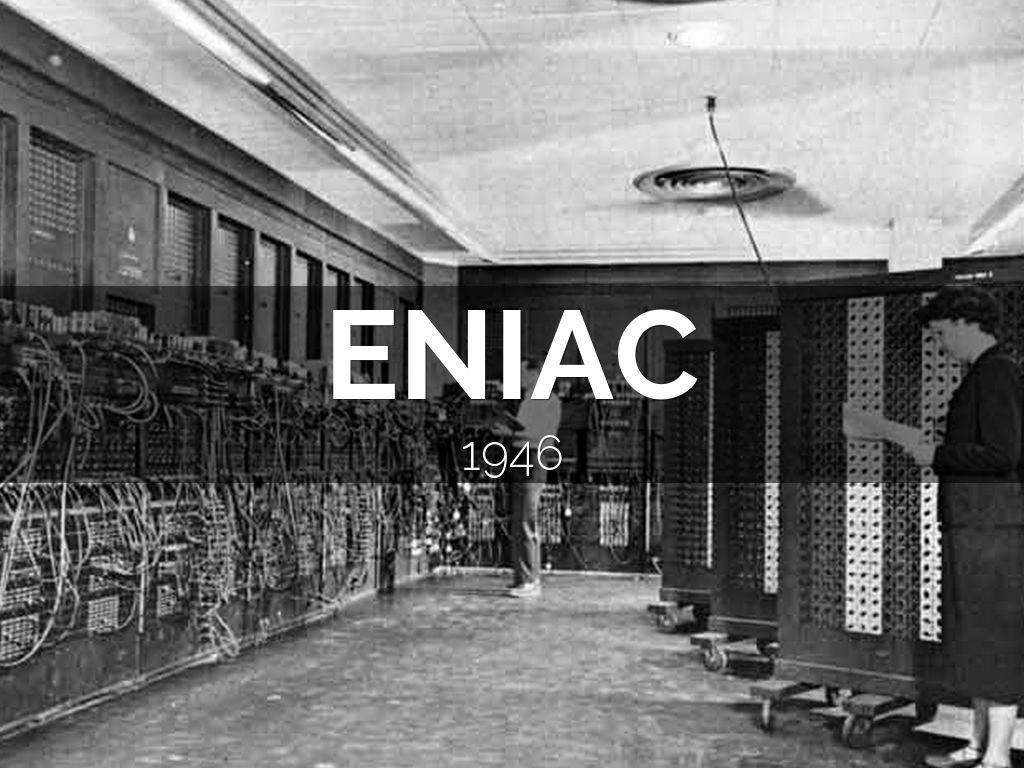
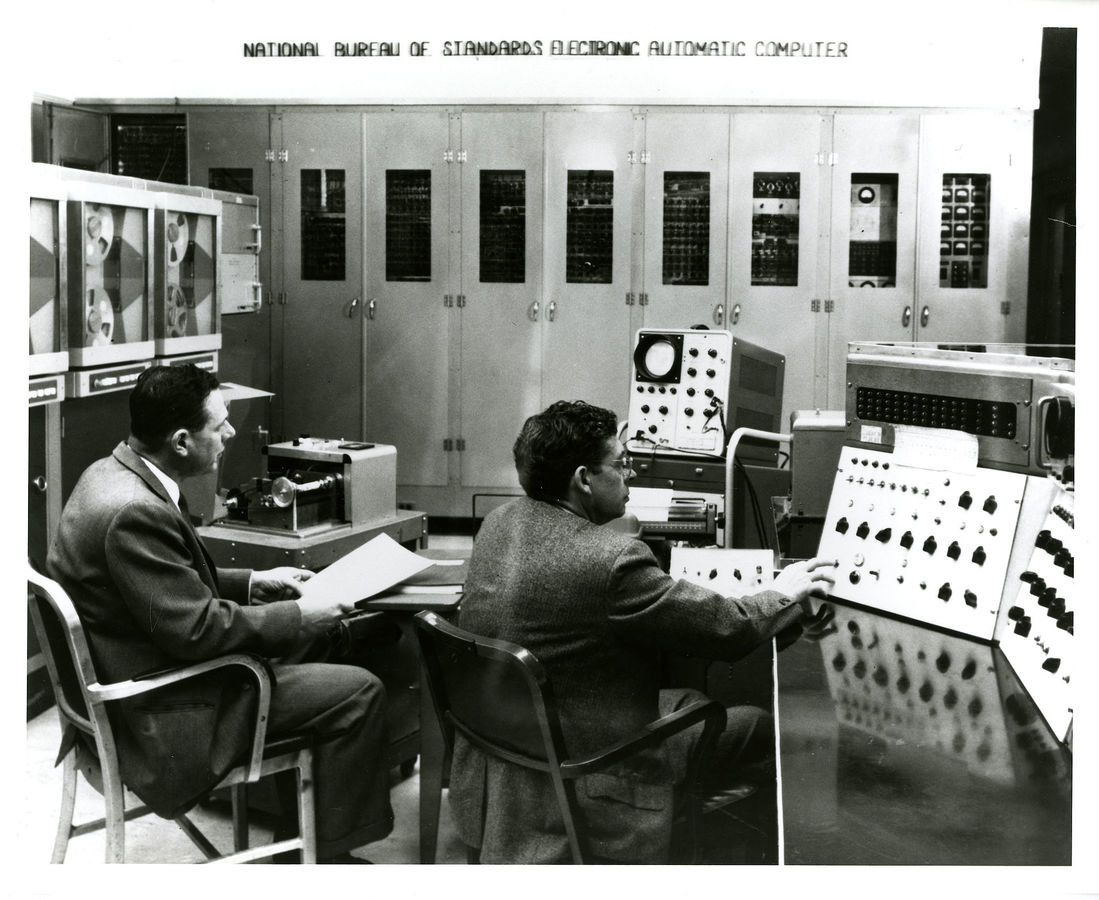
National Bureau of Standards builds SEAC in 1950 - first computer to support two threads.
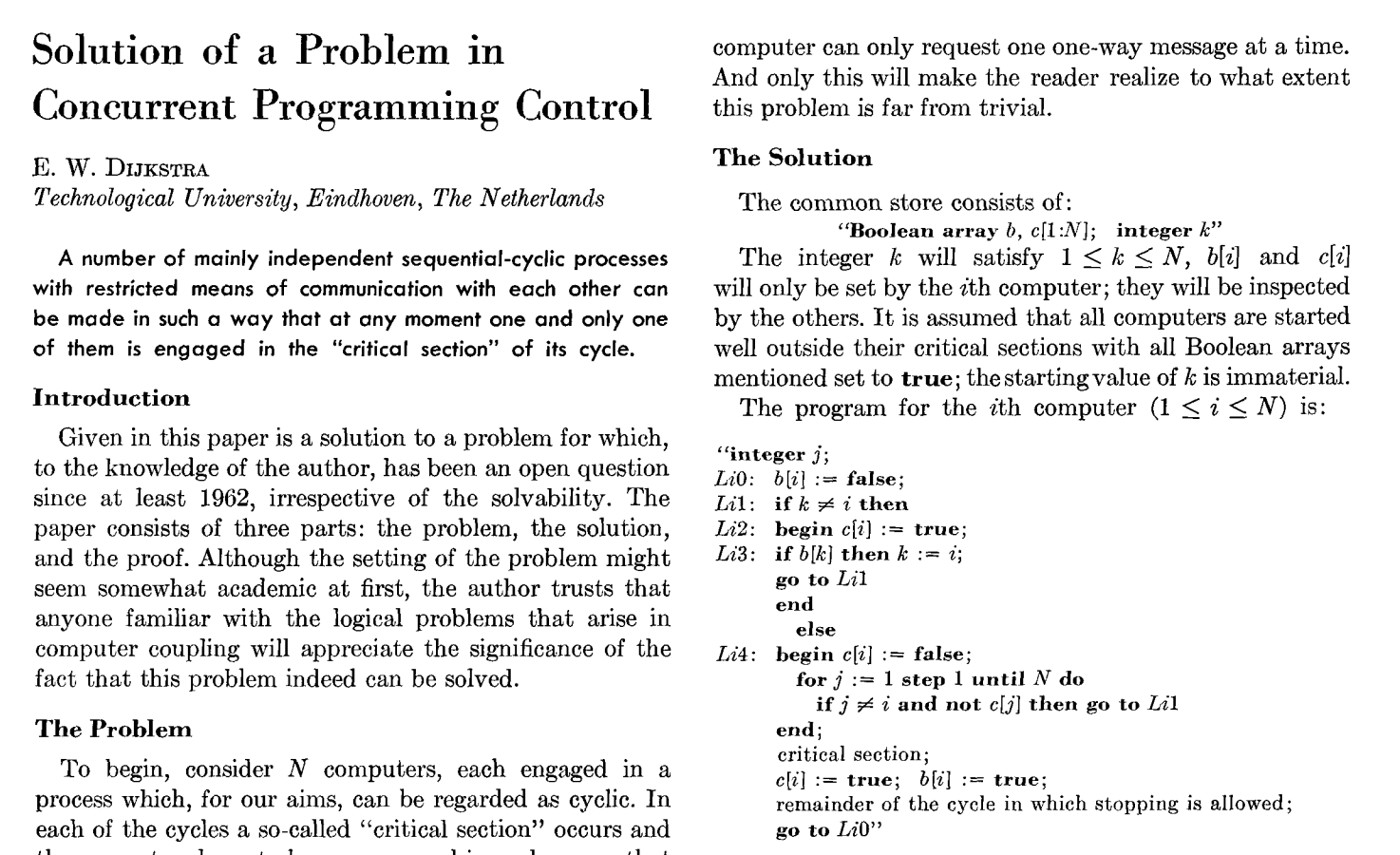
Edgsar W. Dijkstra authors seminal paper on requirements of mutual exclusion locks (1965)

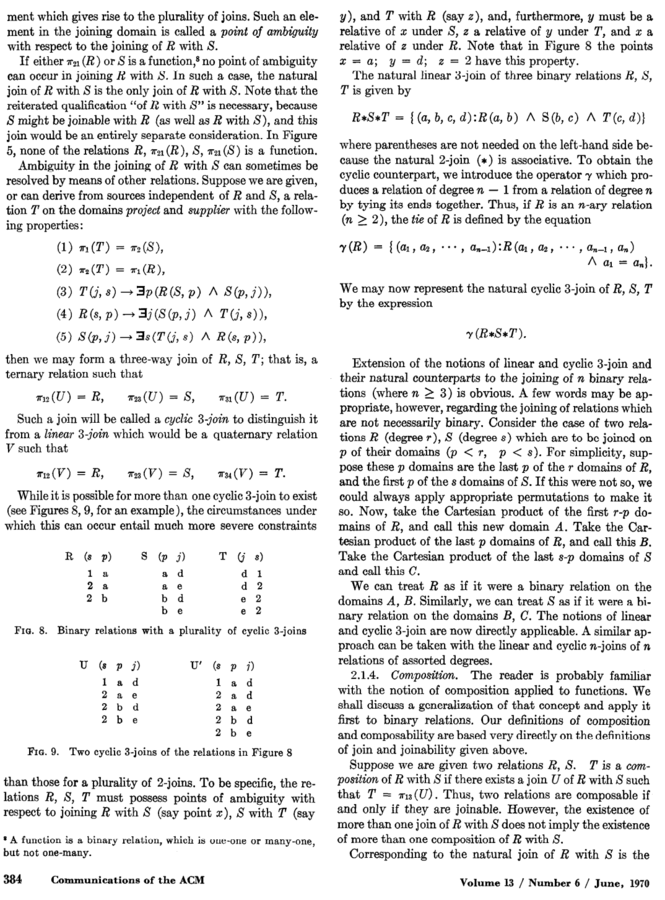
Edgar F. Codd proposes relational model of database management while at IBM Research (1970)
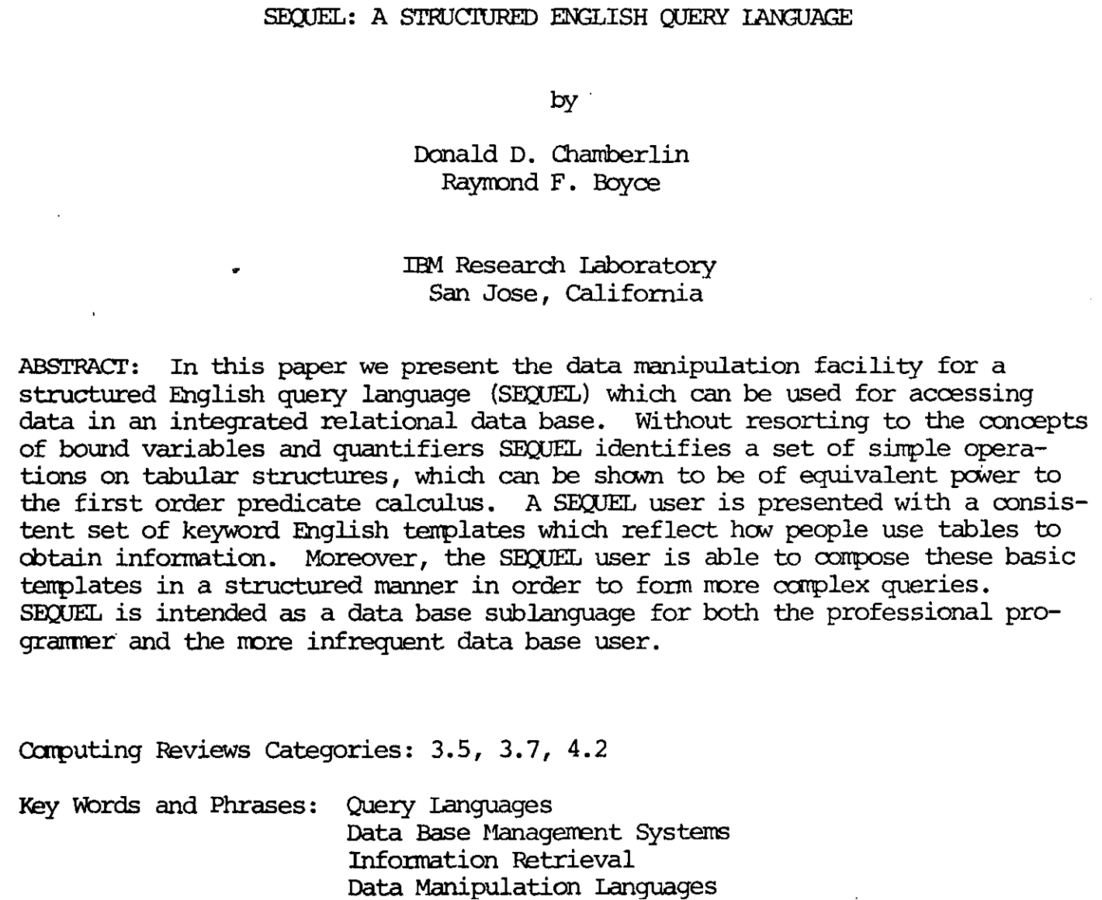
Chamberlin and Boyce publish paper on Structured English Query Language, the precursor to modern SQL (1974)

SQL Server (under the hood)

SQL Server Table:
a shared mutable data structure

B-Tree
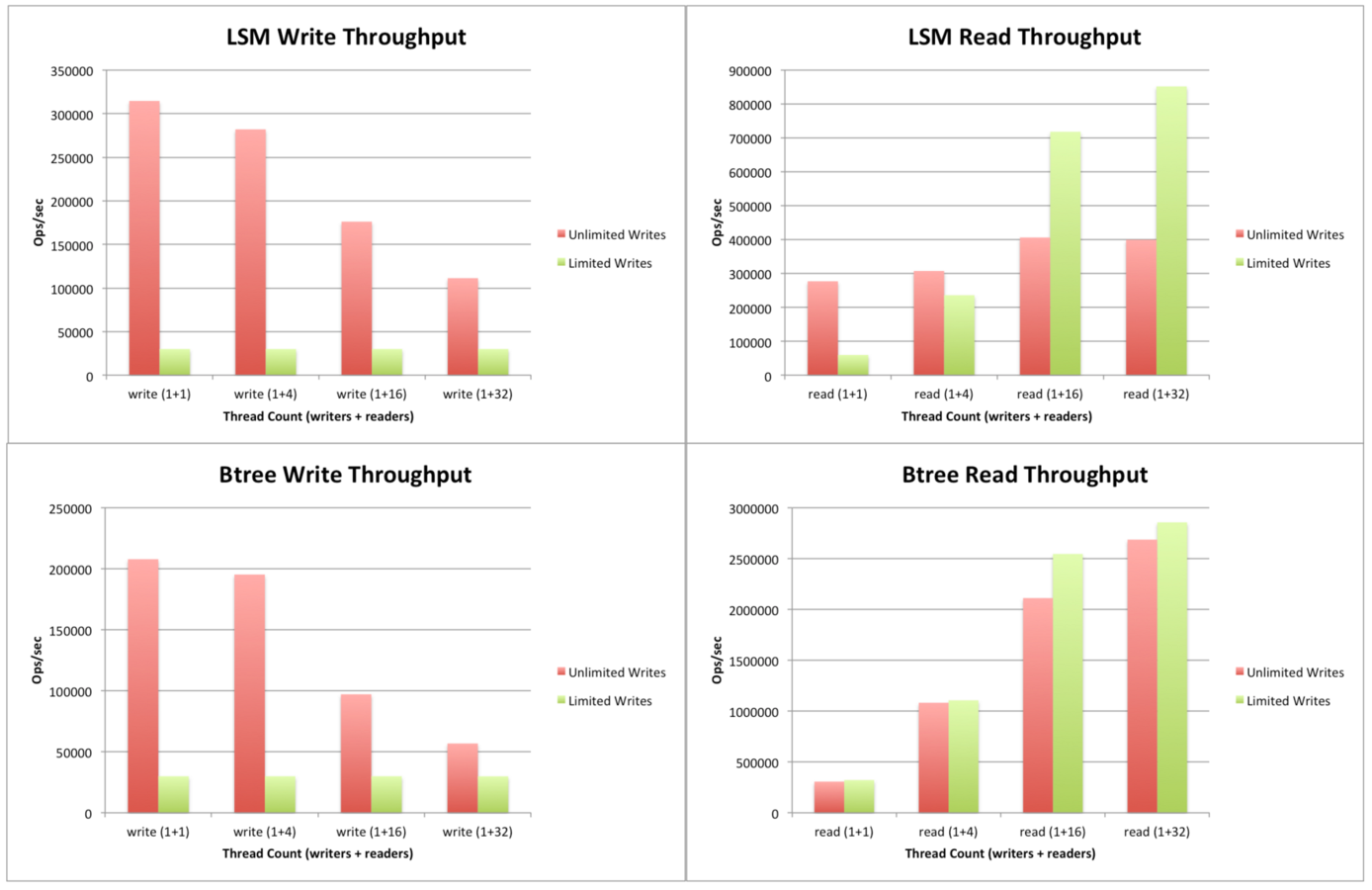
Clustered vs Non-clustered
(B-Trees)
(Heap)
SQL Server Indexes

SQL Joins
| Space Complexity | Time Complexity | |
|---|---|---|
| Nested loop join * | 1 | m log (n) |
| Merge join | 1 | log(m) + log(n) |
| Hash join | n | m + n |
* with index seek on inner side

ACID Transactions
Atomicity - transaction is a single
indivisible unit of work, all or none
Consistency - maintain data integrity
when transaction completes
Isolation - one transaction will not
interfere with another
Durability - effects of transaction are
permanent and recoverable
Scope ensures transactions are Atomic
BEGIN TRAN
CREATE/INSERT/SELECT/UPDATE/DELETE/DROP
...
COMMIT TRAN

Locks ensure transactions are
Consistent and Isolated
Transaction Log ensures updates are Durable
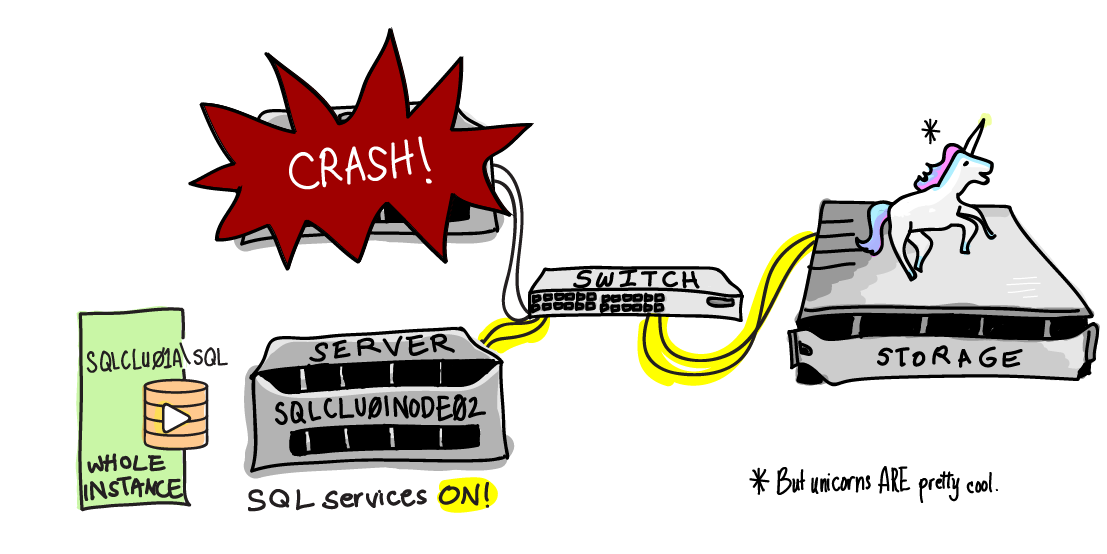
unicorn = transaction log
Concurrency
concurrency (kuh n-kur-uh nsee)-
the ability for multiple threads or processes to access or update shared data at the same time
Safety
Liveness
Performance
pessimistic vs optimistic
(Locks)
(Versioning)
-
Preventable read phenomena
- dirty reads
- non-repeatable reads
- phantom reads
- Lost updates
- Excessive blocking
- Deadlocks
Resource contention and data integrity
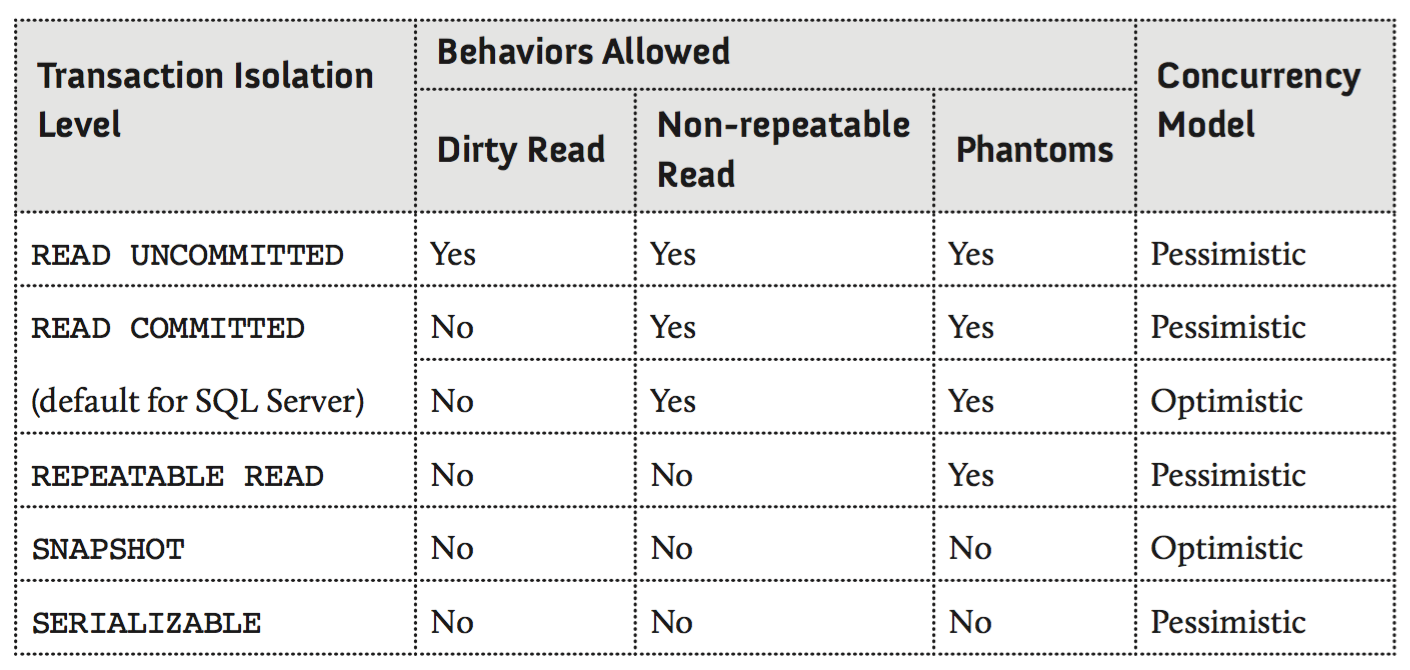
Transaction isolation levels

SQL Server can lock any of these resources

SQL Server uses these resource lock modes


Example query
lock vs lock-free

lock vs lock-free
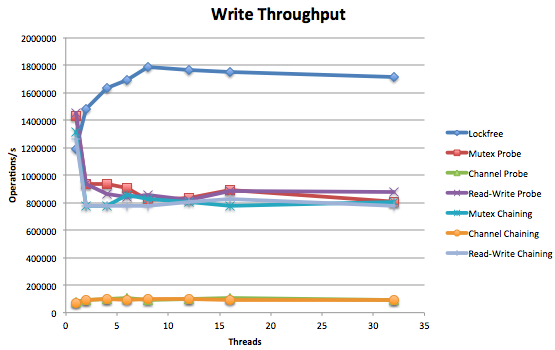
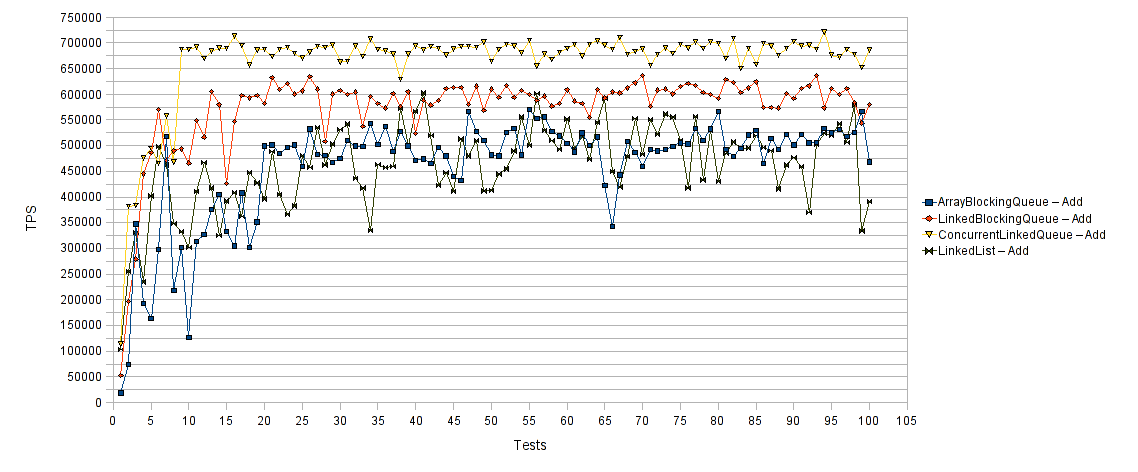
lock vs lock-free

Read more
SQL Server Concurrency:
Locking, Blocking, and Row Versioning.
Kalen Delaney (2012)
OLTP vs OLAP
On-Line Transaction Processing
On-Line Analytical Processing
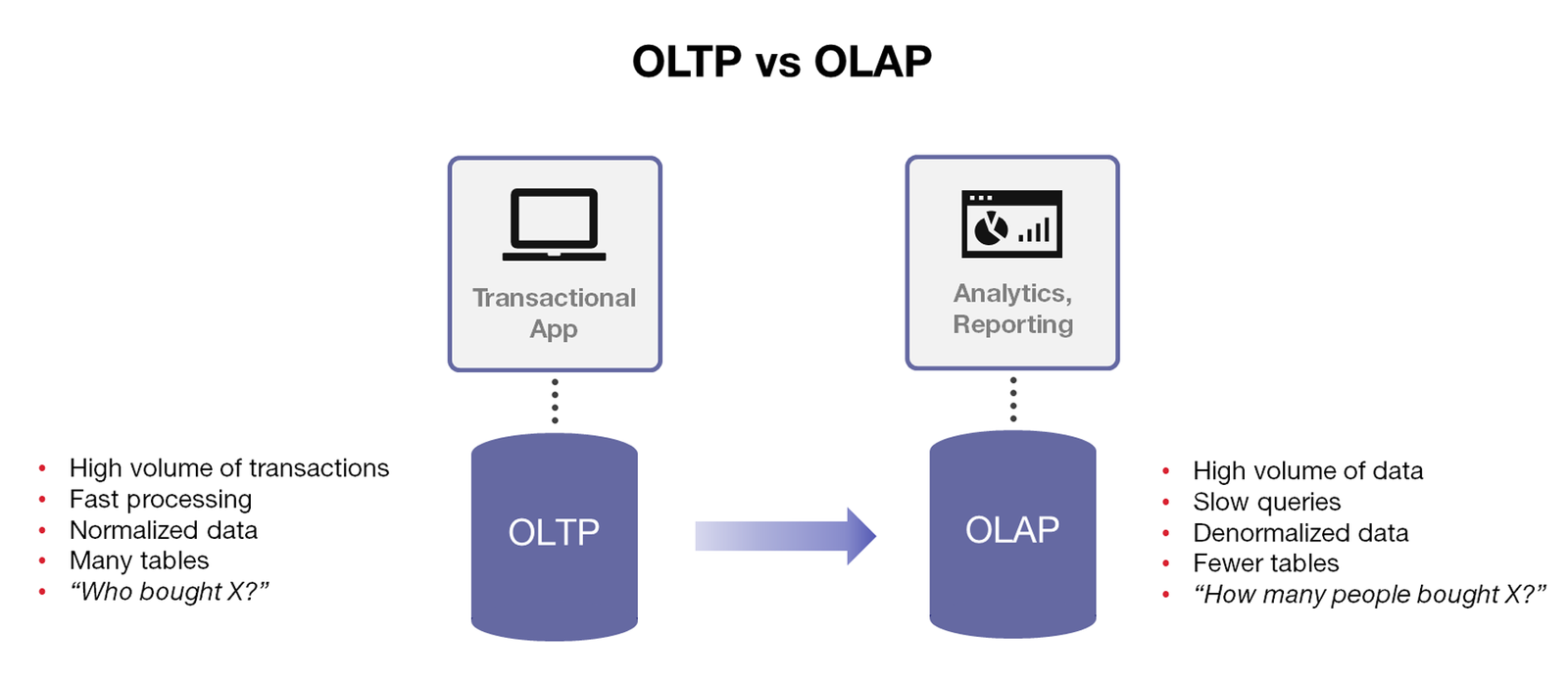
Relational databases are not designed for mixed workloads
The CAP Theorem
Database as a Distributed System


Q + A
SQL Server Concurrency
By Nathan Murthy
SQL Server Concurrency
- 604



